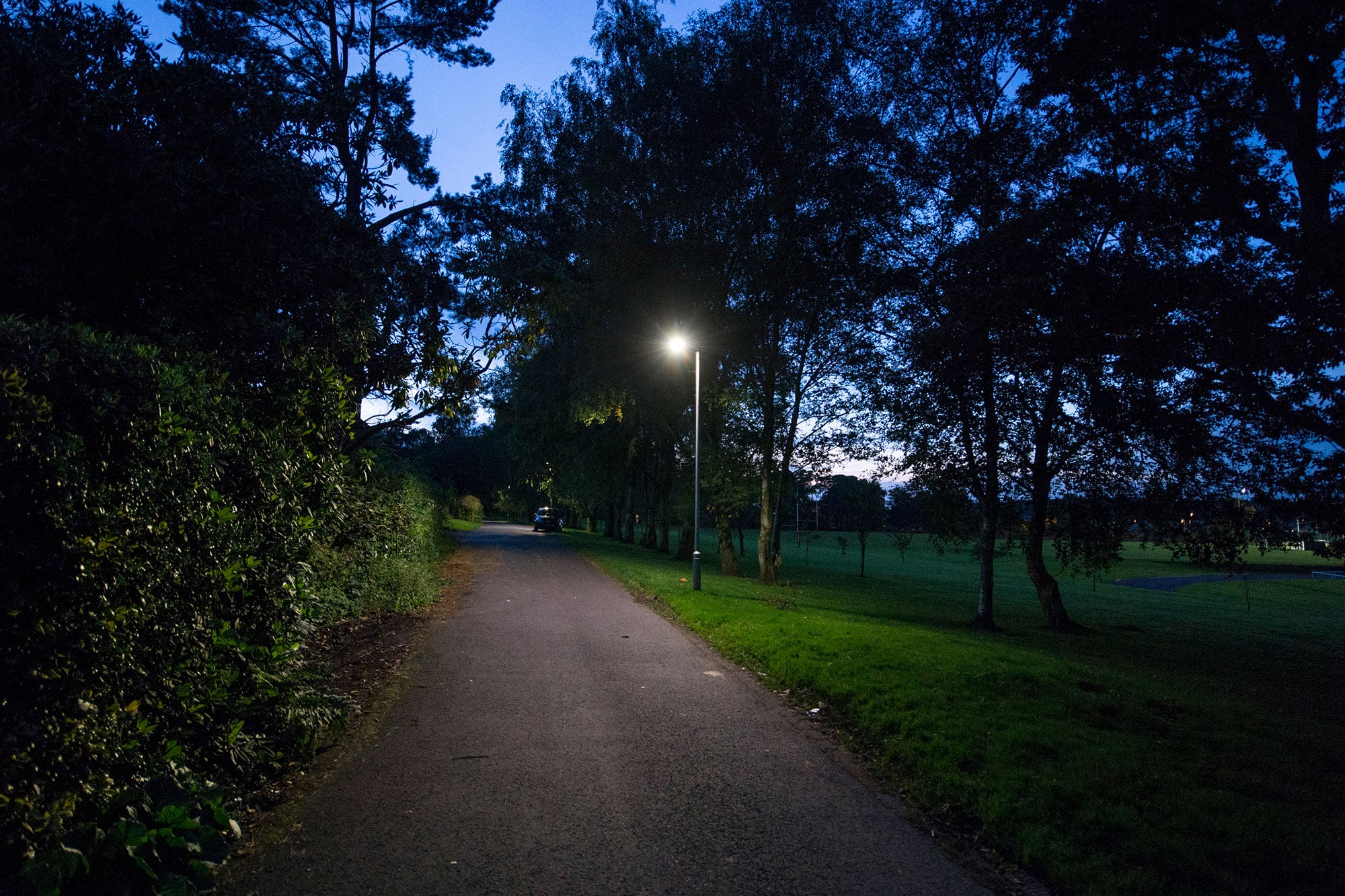Street lighting is essential to public safety. However, many local authorities are facing a financial squeeze. This, combined with a drive towards carbon reduction, has meant that in many areas there has been a reduction in street lighting at night.
Discussions and debates around reduced street lighting have focused on road accidents, people’s fear of crime and general sense of wellbeing.
Can LED lighting systems offer a solution that satisfies both cost and energy needs?
Does Street Lighting Improve Road Safety?
Street lighting improves safety for drivers and pedestrians. According to the Royal Society for the Prevention of Accidents (ROSPA), only a quarter of travel by car drivers takes place between 7pm and 8am, yet this same period accounts for 40% of fatal or serious traffic accidents.
Pedestrians and vulnerable road users suffer from decreased visibility in the dark, alongside drivers.
Furthermore, the public perception of street lighting is that it provides a key benefit in the form of improved road safety, according to a Department for Transport study.
Research comparing accident reduction with the quality of street lighting suggests that lighting improves safety. Some studies suggest a 30% reduction in collisions.
ROSPA quotes a Japanese study looking at accidents at junctions which reported that the provision of lighting had resulted in a 43% reduction in accidents at night.
A University of Manchester Institute of Science and Technology report has found that low illumination is a significant factor contributing to night-time fatality rates.
While research has not conclusively associated reduced night-time collisions with reduced street lighting across England and Wales, there are clear, positive safety benefits to better street lighting.
The public are in favour of better night-time street lighting as a means of improving road safety.
Can Street Lighting Reduce Crime?
What about street lighting and crime? As with road safety, there is as much emphasis on public perception as on statistics.
However, the College of Policing has produced a review suggesting that improved street lighting does have a positive effect reducing crimes like burglary and theft, but has less of an impact on violent crime.
Why does street lighting work?
Firstly, its presence alone helps improve surveillance, and the impression of surveillance, therefore deterring potential offenders.
Secondly, it symbolises a positive investment in the community and a greater sense of informal social control.
Street lighting helps reverse the broken windows effect.
The broken windows theory is that outward signs of physical decline in an area give the impression that nobody cares, and therefore discourages intervention in preventing crime. The more an area is dilapidated, the more crime occurs, with more dilapidation then occurring. It is a spiral of decline.
What is the Future of Street Lighting?
Public street lighting is essential to creating a safer environment. The question then is how to make it energy efficient and cost effective. Can local authorities reverse the trend of switching off street lighting at night?
This requires a systematic, strategic approach to street lighting.
Switching to LED bulbs for street lighting can significantly reduce energy usage and therefore costs.
What are the benefits of LEDs for street lighting?
LED lights can last between 20 and 25 years, meaning massively reduced maintenance costs. it means less street lamps requiring renewals, and less resources needed for monitoring performance.
There are also clear safety benefits to LED street lighting. LEDs are more focused, providing better night-time visibility, while reducing light spillage onto surrounding properties.
Local authorities and others choosing LED street lights will benefit from significant cost savings over a long-term period. To do this, however, they must switch their tendering emphasis away from initial costs to focus instead on the lifetime perspective.
Side by side with LED installation come control systems. The right control system will reduce maintenance costs further.
LEDs are electronic devices, so enabling them to be connected to a central control system, allowing for a fine-tuning of light levels depending on conditions.
The adoption of LED street lighting is a gateway for the spread of intelligent street lighting systems, making energy use more cost effective and maximising effectiveness for people’s safety.
Invest in the Future of Street Lighting
Altitude Services provides a complete end to end street lighting service, from design and installation to maintenance.
Take a look at one of our recent projects at Keele University
Talk to us about your street lighting needs.


